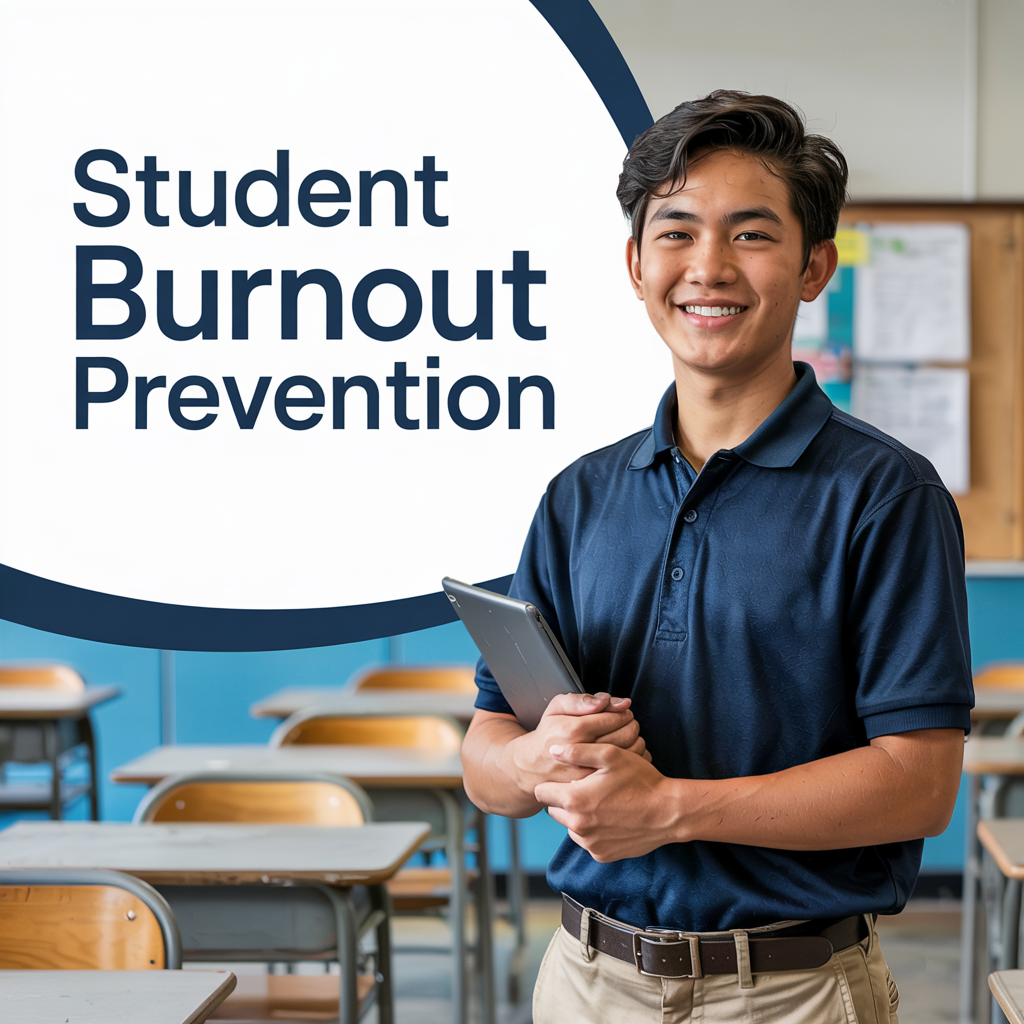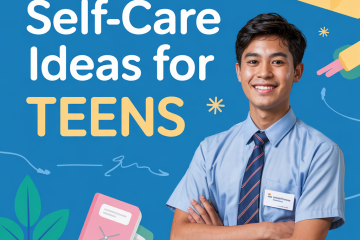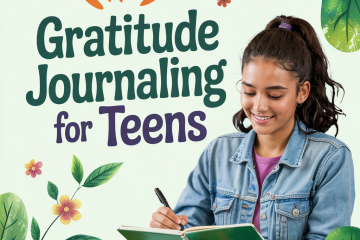Understanding & Managing Burnout: Recognizing the Signs Before It’s Too Late

High school demands a lot — challenging classes, activities, social pressures, college applications. Feeling stressed is totally normal. But when that stress becomes chronic and overwhelming, it can lead to burnout.
Recognizing student burnout signs early is crucial for preventing the burnout many high school students face. Understanding the difference between stress and burnout helps you take steps toward academic burnout recovery and protect your overall well-being.
If you’re juggling it all and still feeling behind, check out Cirkled In — a platform built to help students shine without burning out.
More Than Just Stressed: Recognizing Burnout
Burnout isn’t just having a bad week or feeling tired. It’s a state of prolonged physical, emotional, and mental exhaustion caused by excessive and unrelieved stress. It can significantly impact your health, happiness, and school performance. It often stems from chronic stress students experience.
Stress vs. Burnout: What’s the Difference?
While related, they aren’t the same:
- Stress: Often involves feeling too much – too many pressures, feeling overwhelmed, anxious energy. You still feel like you can cope if things ease up.
- Burnout: Often involves feeling not enough – feeling empty, lacking motivation, detached, cynical, helpless. It feels like you have nothing left to give, and simple tasks feel exhausting.
Understanding the stress vs burnout difference is key to addressing the right problem.
Common Student Burnout Signs to Watch For
Burnout manifests differently, but common signs include:
- Chronic Exhaustion: Feeling tired all the time, no matter how much you sleep. Lack of physical or emotional energy.
- Increased Cynicism or Negativity: Feeling detached from school, activities, or friends. Losing enjoyment in things you used to like. Feeling pessimistic or critical.
- Feeling Ineffective or Lacking Accomplishment: Doubting your abilities, feeling like your efforts don’t matter, decreased performance despite effort, procrastination.
- Physical Symptoms: Frequent headaches, stomach problems, increased illness.
- Emotional Changes: Increased irritability, feeling overwhelmed, withdrawal from social interaction.
- Difficulty Concentrating: Trouble focusing on schoolwork or other tasks.
If these feelings persist for weeks or months, it might be more than just stress.
What Causes Burnout in High School Students?
- Academic Pressure: Heavy workload, difficult classes, pressure to get high grades.
- Over-Scheduling: Too many activities, lack of downtime.
- Lack of Sleep: Chronic sleep deprivation.
- Perfectionism: Setting unrealistic standards for oneself.
- Lack of Control: Feeling powerless over workload or schedule.
- Insufficient Support: Feeling isolated or lacking support from family, friends, or school.
Strategies for Preventing Burnout High School Style
Being proactive is key:
- Set Realistic Goals: Don’t try to do everything perfectly. Prioritize what matters most.
- Practice Boundaries: Learn to say no to extra commitments when you’re overloaded. Protect your downtime.
- Schedule Regular Breaks: Build short breaks into study sessions and ensure you have longer periods of relaxation each week.
- Prioritize Sleep: Aim for 8-10 hours per night consistently.
- Engage in Self-Care: Make time for activities you enjoy that recharge you (hobbies, exercise, time with loved ones).
- Seek Support: Talk to friends, family, or a counselor about stress before it becomes overwhelming.
- Practice Mindfulness/Relaxation: Techniques like deep breathing or meditation can help manage daily stress.
Need help organizing everything in one place? Cirkled In makes it easier to manage your achievements, activities, and goals without the chaos.
Recovering from Academic Burnout
If you suspect you’re already burnt out:
- Acknowledge It: Recognize the problem without judgment.
- Prioritize Rest: Focus on improving sleep. Take time off from non-essential activities if possible.
- Re-evaluate Commitments: Can you reduce your course load or drop an activity temporarily?
- Seek Professional Help: Talk to your school counselor or a doctor/therapist. Burnout is a serious issue that often requires support to overcome.
- Focus on Small Steps: Don’t try to fix everything at once. Start with small, manageable changes to your routine or mindset.
Academic burnout recovery takes time and support.
Final Thought: Prioritize Sustainable Well-being
Recognizing student burnout signs is the first step toward preventing the burnout that high school demands can cause. Understand the difference between stress and burnout, prioritize rest and self-care, set realistic boundaries, and don’t hesitate to ask for help.
Your health and well-being matter more than chasing perfection at the cost of exhaustion.
Need more tips on college applications, scholarships, or just how to survive this whole process? Cirkled In has your back—check out Cirkled In resources to help you through every step of your college journey! Check out Cirkled In and start owning your future today!



4 Comments
elton · October 8, 2025 at 4:49 am
nothing really
Amy S · October 8, 2025 at 11:36 am
Thanks for dropping by anyway, Elton 😅 — hopefully the article gives you something next time you’re feeling a bit burned out!
Mario Kinchen · October 27, 2025 at 11:46 pm
Thanks so much for giving everyone remarkably brilliant possiblity to read articles and blog posts from this web site. It is often very awesome and also jam-packed with fun for me personally and my office colleagues to search your web site no less than three times in one week to study the new items you have got. Of course, I am also certainly happy with all the splendid tactics you serve. Selected 1 ideas in this posting are definitely the finest we have all ever had.
Amy S · November 3, 2025 at 1:09 pm
Wow, that absolutely made our day, Mario! Thanks for the thoughtful note! We’re so happy our content hits the mark for you and your team — more good stuff coming your way!